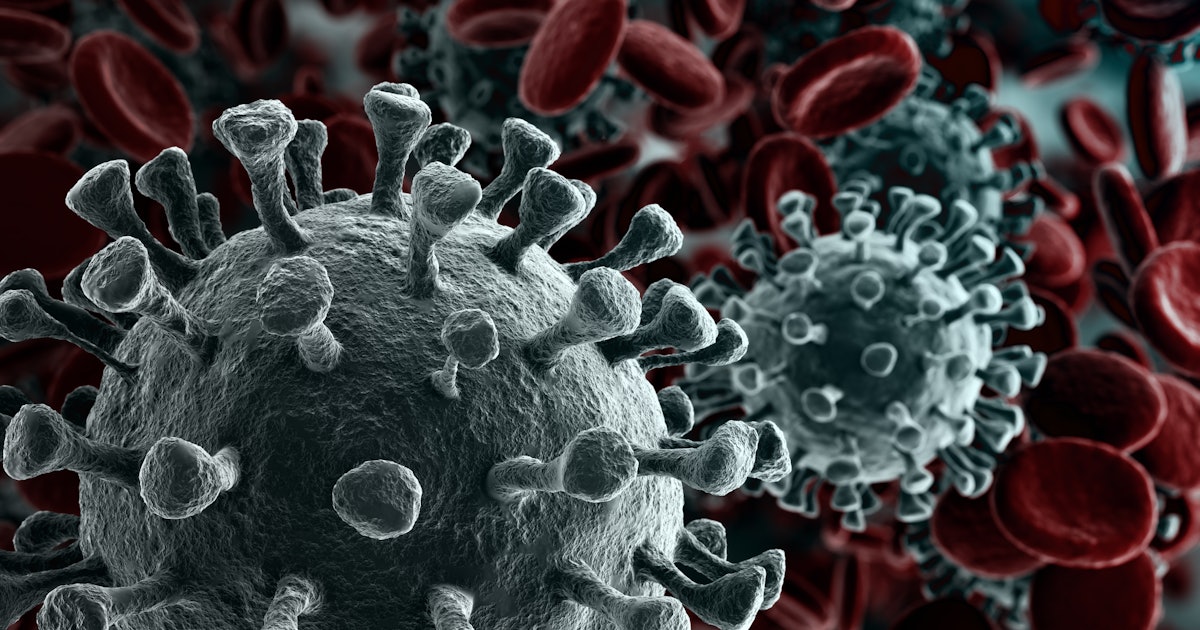
Recent studies from England and other countries have suggested that adults with type 1 and type 2 diabetes have an increased risk of death if they catch Covid-19, especially if they have poor glucose control. The weight of evidence is accumulating to support this theory. And when the dust settles, a more critical analysis of the data will likely confirm this increased risk.
But in early June, several respected academics from around the world wrote a letter to the New England Journal of Medicine (NEJM) suggests that Covid-19 is not only a risk for people with diabetes, but can actually cause diabetes.
There are two types of diabetes. Type 1, caused by the body’s own immune system that attacks the islet cells in the pancreas that produce insulin, a disease called autoimmune. Finally, there are no islets left, and therefore insulin cannot be made to control blood glucose levels. We don’t know what initiates this autoimmunity, but viral infections have been suggested as a possible trigger.
Type 2 diabetes occurs when the islet cells have to produce large amounts of insulin because the main target organs (liver, muscle, fat) do not respond as well as they should to the insulin message. Eventually, the islet cells become depleted and die.
We have known for many years that viral infections can be related to the first time a patient has symptoms of diabetes. (Type 1 diabetes occurs seasonally, a fact that is often seen with viral infections.) And viral infections can also trigger the destruction of insulin-producing islet cell “factories” in the pancreas, establishing a chronic autoimmune response.
There are reported cases of acute diabetes that develops during mumps and enterovirus infections. And there is significant evidence linking a particular enterovirus, Coxsackie-B1, to classic autoimmune type 1 diabetes. In addition, the Environmental Determinants of Diabetes in Youth (TEDDY) study in the US and Europe documented an increased risk of developing signs of islet cell autoimmunity after respiratory infections detected in the winter months.
There is something about coronaviruses
How about Covid-19? There has been a case report from China of a previously healthy young man who had recent onset severe diabetes, called ketoacidosis, after contracting Covid-19.
Before the Covid-19 pandemic, East Asia experienced the Sars outbreak (2002-04), which was also caused by a coronavirus. There were documented cases of acute-onset diabetes in people with Sars pneumonia, which was not seen in those with other-cause pneumonia. In most cases, diabetes resolved after three years, but it persisted in 10% of patients.
The coronaviruses responsible for current and past outbreaks share a similar way of entering cells. The now familiar protein spikes on the virus surface bind to ACE2 receptors and abound in cells of the lungs, kidneys, and islets in the pancreas. It is proposed that once on the islets, Covid-19 disrupts normal cellular function, leading to abnormalities in the pathways that maintain blood glucose through insulin secretion. It is also possible that cell invasion causes acute inflammation that kills islet cells.
So does Covid-19 cause diabetes? The answer is, we don’t know, and the NEJM letter makes it clear that much of this remains conjecture. Covid-19 can trigger type 1 or type 2 diabetes. This could even be a new form of diabetes.
Unlike the large body of data presented on the risk of death with known diabetes, severe obesity, high blood pressure, and ethnicity, there is little data on Covid-19 and newly diagnosed diabetes. To address this, the authors of the NEJM letter have developed a registry to record all Covid-related diabetes cases.
A registry is essential to collect enough data to begin to unravel the mystery of any direct link between Covid-19 and diabetes. And if such a link is found, it will be just as important to determine how Covid-19 causes damage to better identify treatments, since Covid-19 may still be around for a long time.
This article was originally published in The Conversation by Julian Hamilton-Shield of the University of Bristol. Read the original article here.